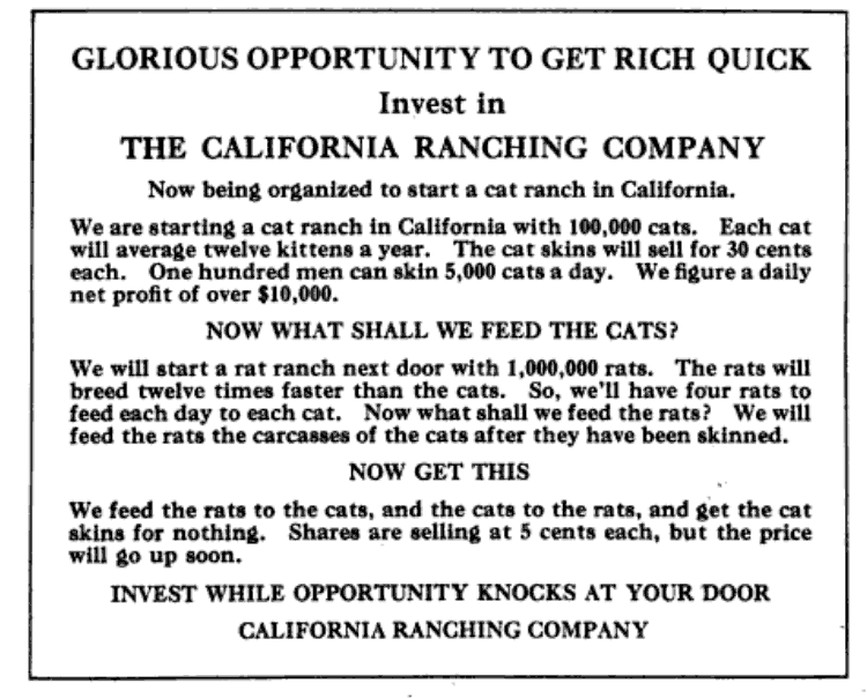Two days ago, I found myself in a hypnotic daze, fumbling around on a domain-buying website.
I was 100% ready to put down $5,899 to buy a 14-year-old domain.
The back story is that a couple years ago, I had an idea for an info business. I even had a great name in mind.
But back then, the .com domain was taken. For that and a few more reasons, my drive to start up that business gradually got weaker… and weaker… and then slipped into a coma.
But then, a few days ago, against all odds, my drive for that business awoke from the coma and jumped out of bed. And the first thing it had me do was see if the domain had become available.
It had!
It was there, ready to be bought, for the low, low price of $5,899, or 24 monthly payments of just $245.79.
I clicked on the “Buy Now” button.
The page asked me to create an account. So I did. I tried to log in.
No soap.
“Click the verification link in the email we just sent you,” it said.
I checked my inbox. Nothing.
I checked it again. Still nothing.
“Fine,” I said, “I’ll do it later tonight.” And I started looking over my notes and plans from two years ago about this business idea.
“Hmm,” I said to myself.
I spent more time reading notes and making plans.
This wasn’t going to be easy, I remembered.
By the time the evening rolled around, my interest in this info business — and that $5,899 domain — had snuck back into bed and fell into a deep sleep.
As of today, it seems to be back in a coma.
I’m sharing this with you as a precautionary tale that might save you some grief.
Because from what I’ve seen in my 6+ years of working as a direct response copywriter… most people in the DR world are by nature opportunity seekers.
That includes me.
And as an opportunity seeker, I often, in a hypnotic daze, mistake spending money with accomplishment.
Like I said, maybe that’s you too. If so, remember my domain-buying story, and the following coma of my drive to build the actual business.
This isn’t just about saving yourself thousands or tens of thousands of dollars… though there’s a good chance that remembering this story can do that.
But more important, it’s about saving your drive and self-respect. Because every failed “accomplishment purchase” saps those virtues a little bit.
The fact is, good opportunities are out there.
But inevitably, it takes some work to make them work. And the fewer dumb “accomplishment purchases” you’ve made before, the easier it will be to do that necessary work.
Anyways, here’s an easy opportunity that costs little money and requires even less work.
I have an email newsletter. It’s free to sign up and even more free to read. In case you want to grab a spot, here’s where to go.

